As an example of my lameness, I realized that I had neglected to post a trip report on my really great trip on the Colorado River with my buddy James Stevens and Uber-guide Jack Bombardier of Confluence Casting.
The trip is a full-day float from the sleepy 'village' (read: couple of trailers and a general store) of Sweetwater down about 13 miles or so back to the Confluence Casting shop, which sits on the left bank of the river. Its a full day, as the gradient of the river is reasonably flat, with only a few splashy rapids over the course of the day. The river is wide and slow, with plenty of back-eddies and small nooks to drop the boat in for 10 or 15 casts. There are plenty of spots to get out and wade, enjoying knee-deep water and plenty of holding spots.
 Given that the trip is a full day, there is ample time for reflection and discussion, and Jack is certainly a very knowledgeable guy, with plenty of information on fishing, but on the current and future conditions on the river, if things continue to go the way it looks like they may (e.g. more pressure on taking water out of the Headwaters).
Given that the trip is a full day, there is ample time for reflection and discussion, and Jack is certainly a very knowledgeable guy, with plenty of information on fishing, but on the current and future conditions on the river, if things continue to go the way it looks like they may (e.g. more pressure on taking water out of the Headwaters).
As the day glides along, and the sun starts to dip - the true colors and grandeur of this hidden canyon are revealed. Since this section is north of I-70, and only has a rarely used dirt road bordering the stream, you really feel like you are out somewhere special, that few have ever seen or explored.
Jack enlightened us with knowledge of some great camping spots - where nobody would find you in a week, let alone an afternoon...
And finally, we pulled into Jack's shop after the sun had set and a chill had cast itself over the river. A quiet night after a great day on the water.
















